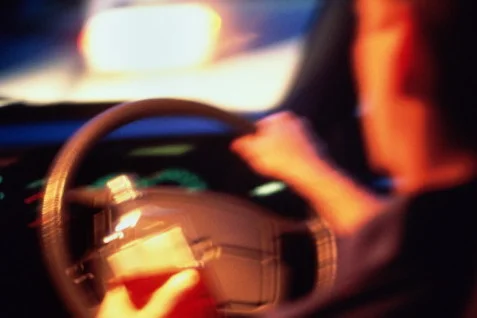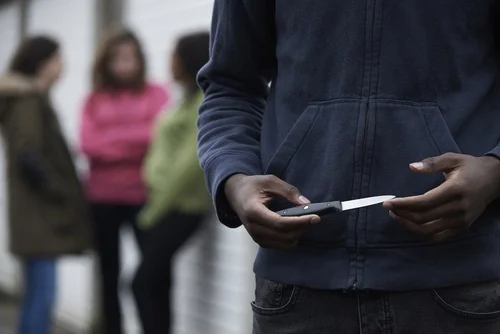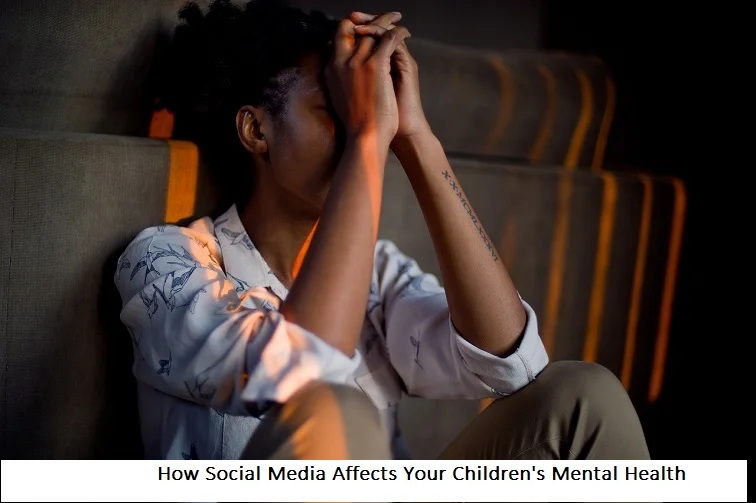+1 845 259 2974 (11 a.m to 7 p.m CST)
Night Driving and Teens: Parent's How-To Guide

Driving at night can be a completely different ball game. Compared to daytime, when one has the advantage of clear visibility, driving at night, requires an extra bit of caution on the driver’s part in order to ensure the safety of other individuals on the road. This is, especially, true when it comes to driving in metropolitan areas where pedestrians can be seen crossing the road frequently. According to a research conducted by Texas A&M Transportation Institute, 61% of road accidents that resulted in deaths, in 2009 alone, occurred between 6pm to 6am with teens as main perpetrators.
With such a huge percentage of teens involved in road collisions, it has become crucial for parents to educate their adolescents about night time driving. Here are some ways parents in which can instruct their kids about road safety and provide them with guidance on how to navigate, securely, through traffic, at night:
Instructions: the main ingredient
The first and foremost thing to do is to instruct your teen about the dynamics of a vehicle before they start operating one. Teach them the importance of following road signs, putting on a safety belt and when to ease up on the gas pedal. Going at high speeds does not just endanger the lives of the passengers in the vehicle but also people on the road. Your teen needs to understand that just a few seconds of carelessness on their part can badly injure someone or worse cost them their lives.
Practice makes perfect
Dad’s teaching their teens how to drive is considered a rite of passage. A little extra interest in honing your teens driving skills will go a long way in ensuring that he becomes a responsible driver. Practice makes perfect. Training during night under low light conditions will enable them to adjust to night time driving conditions and ensure the safety of people on the road.
Snub all gadgets
Not only can one see teenagers driving at night frequently but, quite often, they are seen using their cell phones while driving. A recent research revealed that 23% of road collisions that took place in 2011 were “driving while intexticated” incidents, mostly involving teens. The study further states that the amount of distance teens travel, on average, without focusing on the road equals the length of a football field. Such carelessness needs timely parental intervention so that teens can be taught about the etiquettes of driving. Only this way, they can become responsible citizens of the society, in future.



















